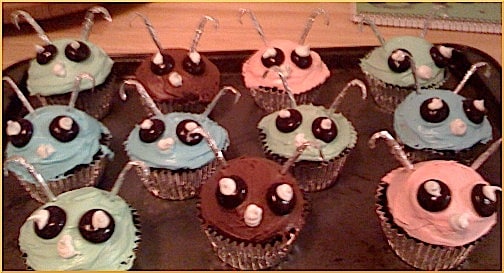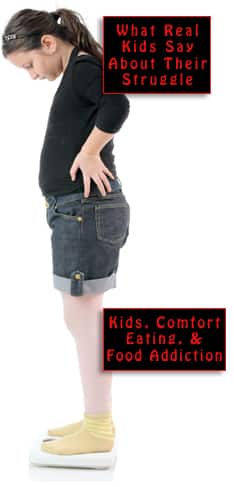
People who live together and/or are related have very similar microbiomes, much more so than the shared characteristics between them and other people. When all the bacteria shed from all the inhabitants of a place is mixed together, the profile is distinct as a fingerprint.
Jack Gilbert of the Argonne National Laboratory pointed out that, given an unlabeled sample of floor germs, the Home Microbiome Project team could unerringly identify which family’s home it came from. If this proves to be a valid and useful investigative technique, the forensics implications alone are startling.
No matter what area of physical science a researcher works in, when the microbiome is brought into the mix, all kinds of ideas take shape. Try this thought experiment: Maybe the people who insist that they can’t help being overweight are correct. Maybe the only flaw is their conviction that the inevitable obesity stems entirely from their genetics. Maybe the problem is the genetics of their microbiota, the trillions of interior beings that band together to constitute what is increasingly recognized as an organ.
The University of Luxembourg and several other distinguished institutions are interested in “precise descriptions of disease-related changes in the microbiome and insights into their functional effects in the body.” They joined forces to find a way to study the gut microbiome “in unprecedented detail.”
The effort led to a new understanding of type 1 diabetes, the kind that some people are born with and that no one can diet their way out of, because they just plain have no insulin. Type 2 is more about insulin resistance or deficiency.
The study leader, Prof. Paul Wilmes, said:
For the first time, we can now observe what happens simultaneously at the three levels of DNA, RNA and proteins within the microbial communities of the gut.
Surprises lurk around every corner. Although scrutiny of the microbiome is a recent development, there has been a relatively long-held belief that differences in the species populations of bacteria in different people might be the main issue.
The paper’s first author, Dr. Anna Heintz-Buschart, says that in the case of diabetes, the issue is much more about what the bacteria do, depending on which people they live in. As it turns out, sometimes the resident bacteria can switch various genes on or off, and sometimes they can’t.
A very abbreviated summary of Dr. Heintz-Buschart’s explanation of Type 1 diabetes: The body’s immune system mistakenly perceives insulin as an enemy, and responds by attacking its own pancreas. This throws the digestive juices out of whack. The gut bacteria try to maintain a comfortable equilibrium by calibrating the proteins and vitamins they crank out, for example, thiamine. An overabundance of thiamine makes the diabetes worse.
Colleague Dr. Carine de Beaufort, who found the appropriate families for the study, is interested in the potential for earlier identification of preventable disease. She says:
We expect these studies to help us identify biomarkers. These are molecules, such as proteins, that are produced or whose body levels change in the early stages of a diabetic condition. Such biomarkers would make diagnosis easier, so that we could already take preventive or therapeutic action at a very early stage.
Your responses and feedback are welcome!
Source: “Home is Where the Microbes Are,” anl.gov, 08/28/14
Source: “Sick or healthy? Bacterial metabolism tells us which — and why,” uni.lu, 10/11/16
Photo credit: Melissa Clark via Visualhunt/CC BY

 FAQs and Media Requests:
FAQs and Media Requests: 











